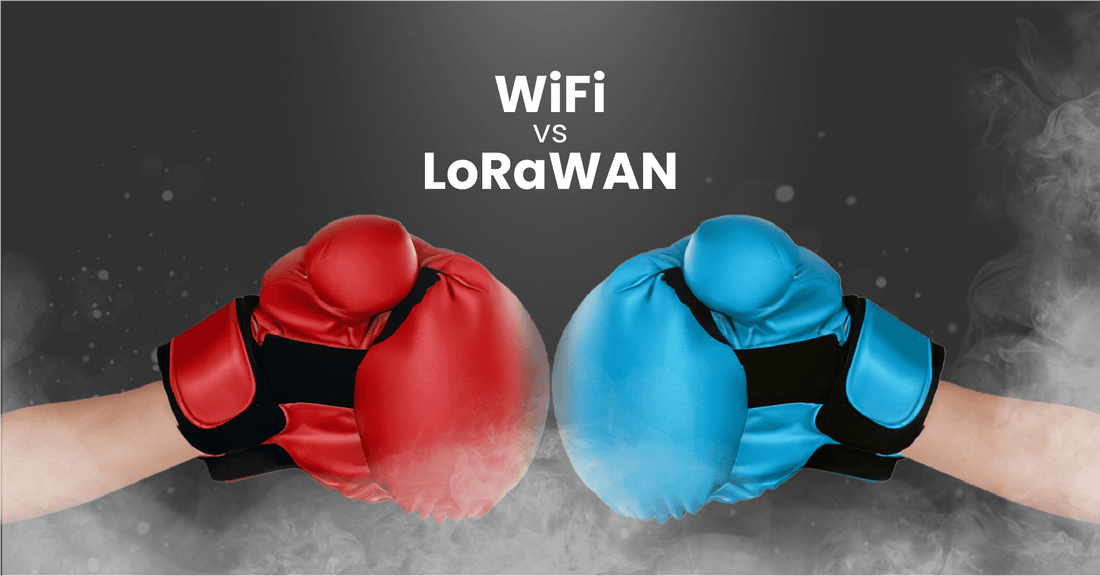The Internet of Things (IoT) is revolutionizing industries, connecting billions of devices, and generating data that drives valuable insights. While Wi-Fi has long been the go-to wireless technology for connecting devices, it's not always the best fit for IoT use cases. LoRaWAN (Low Range Wide Area Network) emerges as a superior alternative, offering long-range connectivity, low power consumption, robust security, and impressive scalability. In this article, we will delve into the similarities and differences between LoRaWAN and Wi-Fi and explore why LoRaWAN is the better choice for IoT applications.
Similarities between LoRaWAN and Wi-Fi
Both LoRaWAN and Wi-Fi are wireless communication technologies that enable devices to connect and exchange data. They share some similarities, such as using radio frequency bands for communication and supporting a range of device types. However, their differences make each technology better suited for specific applications and environments.
Differences between LoRaWAN and Wi-Fi
Long-Range Connectivity
LoRaWAN's most significant advantage over Wi-Fi is its ability to connect devices over several kilometers, making it ideal for remote or hard-to-reach locations. This extended coverage allows organizations to gather data from a greater distance, improving operational efficiency and effectiveness.
Low Power Consumption
LoRaWAN devices are designed for low power consumption, allowing them to operate on battery power for years without needing replacement. In contrast, Wi-Fi devices require a constant power source, leading to higher maintenance and replacement costs.
Security
LoRaWAN offers end-to-end encryption, making it a secure choice for transmitting sensitive data. This security feature is critical for applications such as smart city solutions, where data privacy and security are paramount. Wi-Fi, however, is more susceptible to hacking and cyber attacks, making it a less secure option for sensitive data transmission.
Scalability
LoRaWAN networks are highly scalable, enabling organizations to add new devices with ease as their needs grow. Conversely, Wi-Fi networks can become congested as more devices are added, leading to decreased performance and reliability.
Why LoRaWAN is the Better Choice for IoT
LoRaWAN's unique capabilities make it an excellent solution for a wide range of IoT applications across various industries. Its long-range connectivity, low power consumption, robust security, and scalability features surpass Wi-Fi, providing a more reliable and efficient communication between devices, regardless of their location.
LoRaWAN has proven itself to be a powerful and versatile technology that outperforms Wi-Fi for IoT applications. By opting for LoRaWAN, businesses and organizations can ensure seamless and secure communication between their devices, making the most of the IoT revolution.
LoRaWAN's integration with the Helium Network further enhances its capabilities, positioning it as the leading global roaming network for IoT. With coverage in over 182 countries, the Helium Network enables seamless worldwide connectivity for LoRaWAN devices. This vast network is powered by a decentralized and community-driven infrastructure, resulting in lower costs and increased reliability. Furthermore, the Helium Network incorporates a unique blockchain-based security layer, adding an additional level of protection to the already secure LoRaWAN communication protocol. This innovative combination of LoRaWAN and the Helium Network ensures a robust, secure, and cost-effective solution for IoT deployments on a global scale, outperforming traditional connectivity options.
